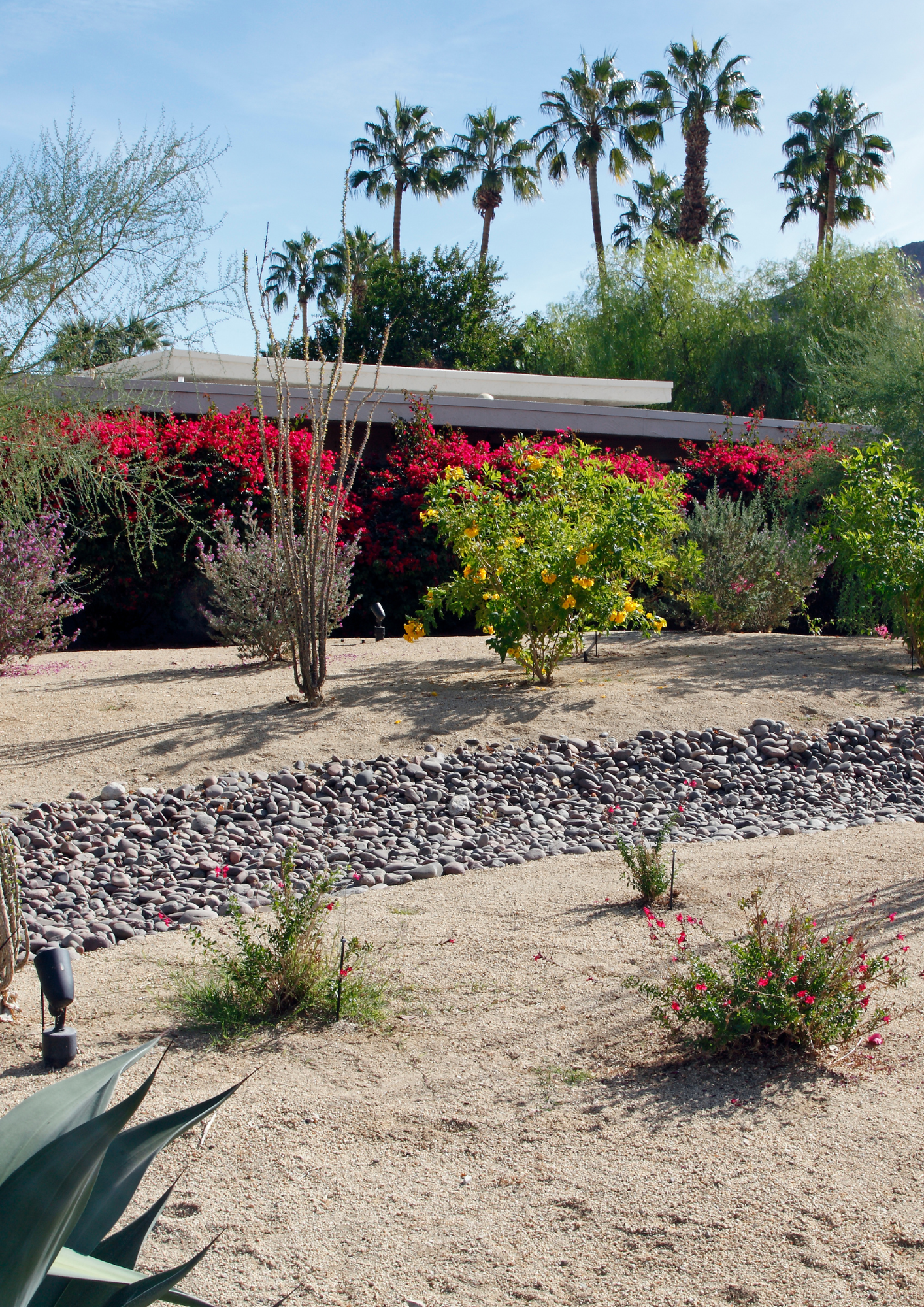Caring for a xeriscape garden in West Texas requires special attention due to the region’s hot and arid climate. Xeriscaping is an excellent choice for this environment as it focuses on water-efficient landscaping. Here are step-by-step instructions on how to care for your xeriscape garden:
1. Plant Selection and Placement
– Choose native or drought-tolerant plants that are well-suited to the West Texas climate. Common options include yuccas, agaves, desert marigolds, and various grasses.
– Place plants with similar water requirements together. Grouping them based on their water needs will help you manage irrigation more effectively.
2. Soil Preparation
– Ensure your soil is well-draining. Sandy or loamy soils are ideal for xeriscaping.
– Amend the soil with organic matter like compost to improve its water retention capacity.
3. Mulching
– Apply a layer of organic mulch, such as wood chips or gravel, around your plants. Mulch helps retain soil moisture, reduce evaporation, and inhibit weed growth.
4. Irrigation
– Water deeply but infrequently to encourage deep root growth. In West Texas, watering once a week during the growing season is often sufficient.
– Use a drip irrigation system or soaker hoses to deliver water directly to the base of plants. Avoid overhead sprinklers, as they can lead to water loss through evaporation and promote fungal diseases.
– Water early in the morning or late in the evening to minimize evaporation.
– Adjust your watering schedule based on rainfall. If you receive substantial rain, reduce or skip irrigation as needed.
5. Weed Control
– Regularly inspect your xeriscape garden for weeds. Remove them by hand or with a weeding tool to prevent competition for water and nutrients.
6. Pruning and Maintenance
– Prune your plants as needed to maintain their shape and remove dead or diseased growth.
– Remove spent flowers to encourage continuous blooming in annuals and perennials.
– Monitor your garden for signs of pests and address them promptly using environmentally friendly methods.
7. Fertilization
– Xeriscape plants typically require minimal fertilization. Use a slow-release, low-nitrogen fertilizer sparingly in the spring if necessary, following the specific recommendations for your plant species.
8. Monitor Soil Moisture
– Use a soil moisture meter to gauge when to water. Insert it into the soil near your plants’ root zones to ensure you’re not overwatering or underwatering.
9. Drought Management
– During extended periods of drought, consider providing extra water to your xeriscape plants. However, be cautious not to overwater, as this can lead to root rot.
10. Seasonal Care
– Be prepared for temperature extremes. Protect sensitive plants from frost in the winter with frost cloth or other protective measures. In the summer, consider shading young or vulnerable plants from intense afternoon sun.
11. Education and Adaptation
– Stay informed about local climate conditions and water restrictions. Adapt your xeriscape garden care routine as needed to comply with regulations and changing weather patterns.
By following these instructions and adapting them to your specific xeriscape garden’s needs, you can enjoy a beautiful and water-efficient landscape in West Texas while conserving water resources in this arid region.

Be The First To Comment